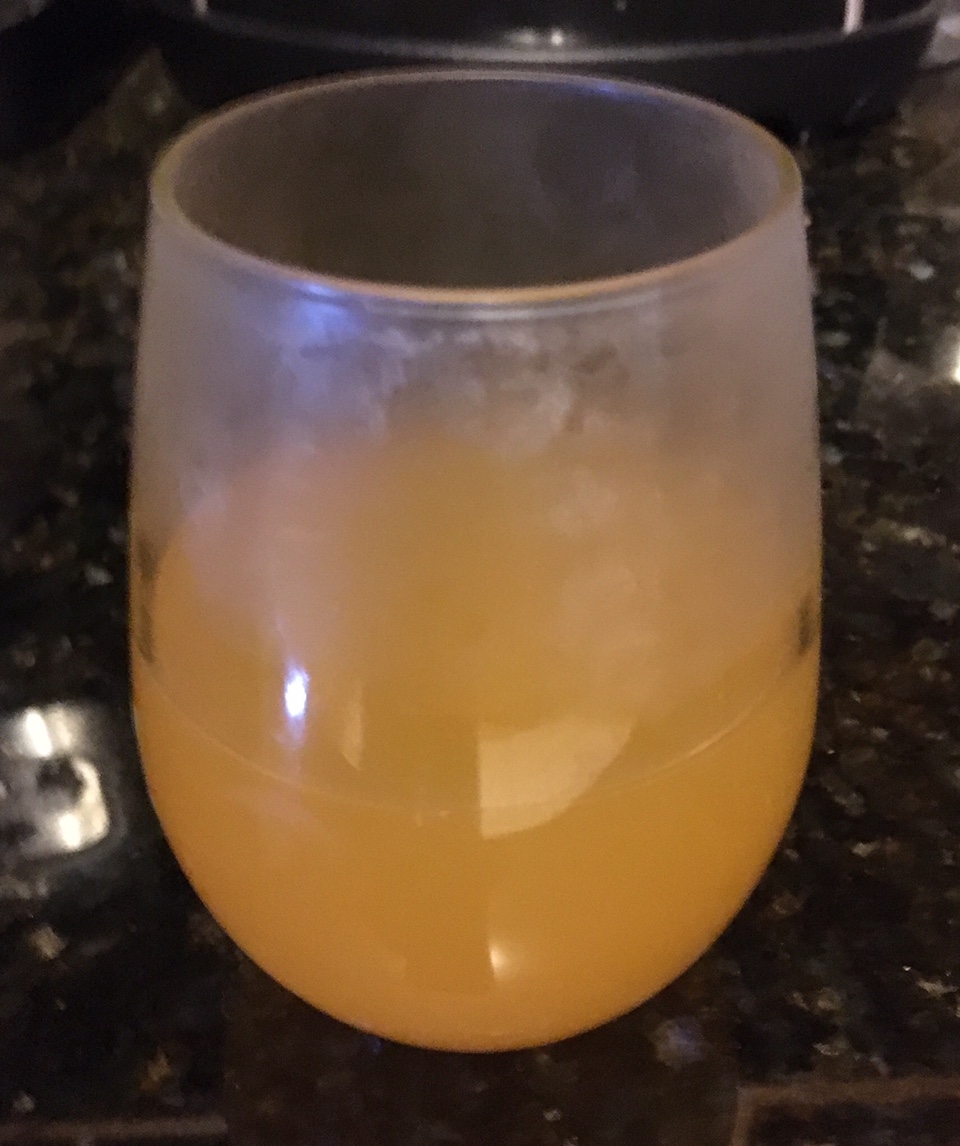At the moment, we have had our juice in a 3.5 gallon bucket since Friday night with no activity from the airlock. The bucket is sitting in a dark room with the window open, leaving it around 60-65 degrees or so, depending on the day -- unfortunately, we don't have much control over our temps at the moment.
From what I've read, and there are varying opinions, I could wait up to 2 weeks to see if any fermentation is taking place before pitching yeast, but I'm thinking of waiting until Friday to access. Thoughts?
If I open my lid on the bucket, would I be able to see anything that would indicate that things are moving in the right direction, or is the airlock really the only way to get an idea? I realize an airlock is the best way to see if fermentation has begun, but I'm wondering if there are any clues from looking at the juice itself.
Thx!



